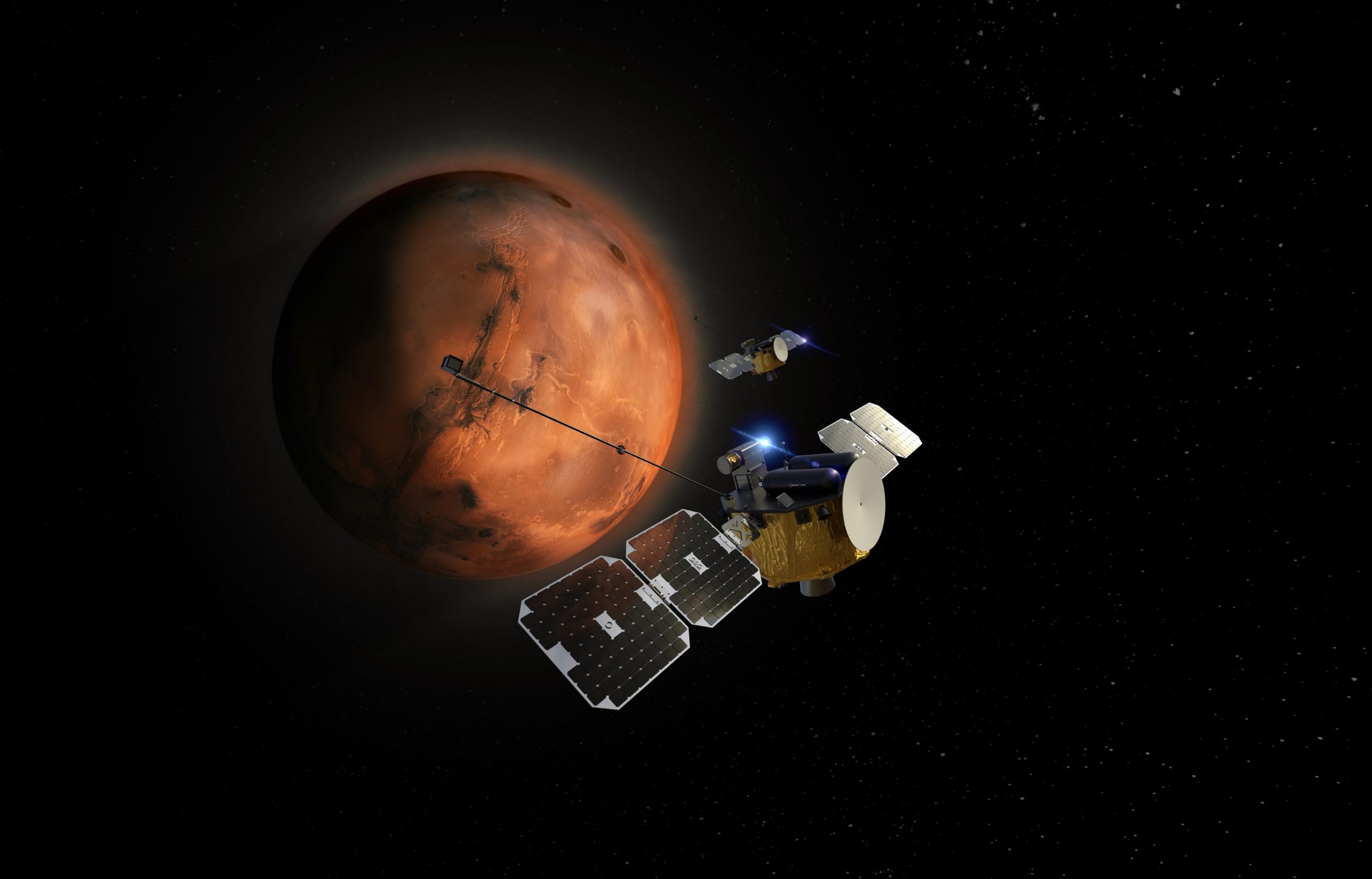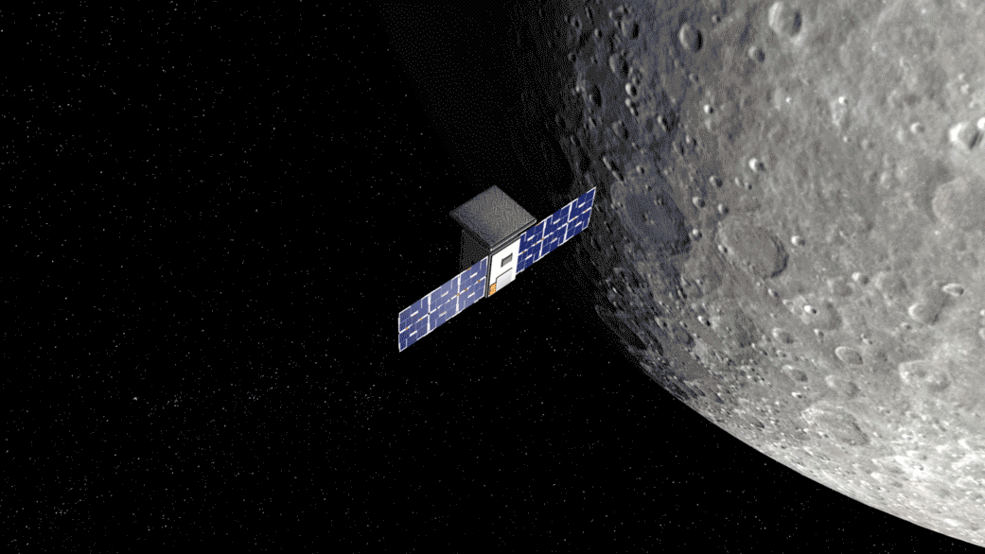During last week’s National Space Council meeting at NASA’s Johnson Space Center in Houston, Vice President Kamala Harris announced a new coalition of space companies focusing on increasing the space industry’s rising demand for a skilled technical workforce. Through regional pilot programs in three strategic locations across the U.S., Florida’s Space Coast, the Gulf Coast of Louisiana and Mississippi, and Southern California, the coalition will establish an approach to attracting, training, and creating employment opportunities, particularly for people from backgrounds traditionally underrepresented in STEM jobs (mainly African Americans, Native Americans, Alaskan Natives, and Hispanics).
The new coalition’s work will kick off in October 2022 and be anchored by industry giants Blue Origin, Boeing, Lockheed Martin, and Northrop Grumman. It will also include industry partners Amazon, Jacobs, L3Harris, Planet Labs PBC, Rocket Lab, Sierra Space, Space X, and Virgin Orbit. In addition, it will be joined by the Florida Space Coast Consortium Apprenticeship Program and its sponsors, SpaceTEC, Airbus OneWeb Satellites, Vaya Space, and Morf3D.
 Rocket Lab will develop twin Photons to orbit Mars for NASA’s ESCAPADE mission spacecraft. Image courtesy of NASA.
Rocket Lab will develop twin Photons to orbit Mars for NASA’s ESCAPADE mission spacecraft. Image courtesy of NASA.Most of the coalition members are currently leveraging 3D printing technologies in manufacturing. Namely, all aerospace and space businesses are using AM to develop rockets, satellites, and other spacecraft components. For example, Blue Origin uses additive manufacturing to power its rocket engine production, while Rocket Lab was among the first to kick off the 3D printed engine trend with its almost entirely 3D printed Rutherford rocket engine. On the satellite front, technology innovator L3Harris even launched a 3D printed Radio Frequency (RF) circuit at the International Space Station last year, and Virgin Orbit has stated that AM is the future of how rockets will be designed and built. Moreover, one of the firms in the coalition list is 3D printing startup Morf3D, a metal-based additive engineering and manufacturing service provider with an active focus on space technologies.
With so many companies in the coalition explicitly leveraging additive manufacturing, this new initiative could help bolster, prepare, and employ a space workforce with an increasing awareness of the wide range of advanced manufacturing technologies available today. Furthermore, this significant step towards educating and training a diverse and inclusive workforce is excellent news not only for the space sector but also for STEM-related careers, where 3D printing technology is a powerful learning tool that can involve students in active learning, design thinking, and problem-solving.
Reinvigorating the pipeline of space tech talent is crucial, particularly in this tight labor market that may not be unique to the space industry but is undoubtedly affecting it. According to a space report released by the Space Foundation, in 2020, private space employment totaled 147,953 workers, the highest level since 2011, when 149,818 were employed. Then in 2021, there were 151,797 people working in the industry, an 18.4% increase over the last five years. Further analysis also found that regarding U.S. salaries, the average private sector space salary was $123,234, more than double the average wage for all U.S. private sector jobs of $59,202, and well above the average annual salary of $95,350 for STEM occupations, according to 2019 data, the most recent year available. Driven by the manufacturing of launch vehicles and other spacecraft, salaries and workforce continue to grow in the space industry. Yet, there is still a greater need for more skilled workers.
It’s not just the space industry suffering from a tight market; the 3D printing industry also demands more skilled workers for vacant jobs. An interesting data point is that according to employment statistics in the U.S., more than 5,000 people are employed in the 3D printer manufacturing industry as of 2022. With the country in what is considered a manufacturing boom, the Biden administration also launched the AM Forward initiative, designed to help participants upgrade their capabilities and upskill their workforce while giving OEMs the needed suppliers. AM Forward is set to propel the workforce pool for AM, while the new space coalition could also positively affect the 3D printing industry.
 Capstone mission launched aboard Rocket Lab’s Photon satellite bus toward the Moon. Illustration courtesy of NASA/Daniel Rutter.
Capstone mission launched aboard Rocket Lab’s Photon satellite bus toward the Moon. Illustration courtesy of NASA/Daniel Rutter.Recent NASA launches, like the James Webb space telescope, the CAPSTONE lunar orbiter launched on June 28, and the upcoming Artemis 1 moon mission on the first Space Launch System megarocket, are all space exploration milestones that have the potential to stimulate young people’s interest in space- and STEM-related careers. With so many planned missions in place for the next few decades, the Biden administration has created a roadmap of actions that could bolster the nation’s capacity to “inspire, prepare and employ a diverse and inclusive space workforce.”
This roadmap outlines the initial set of coordinated Administration actions to bolster our nation’s capacity to inspire, prepare and employ a diverse and inclusive space workforce. Released under the title “Interagency Roadmap to Support Space-Related STEM Education and Workforce,” the plan starts by increasing awareness of the wide range of space careers, providing resources and opportunities to prepare jobseekers for the workplace better, and placing a focus on strategies to recruit, retain and advance professionals of all backgrounds in the space workforce.
From increasing the diversity in space internships to supporting NASA’s engagement in community learning centers for students from under-resourced schools, there will be plenty of resources for educators, students, and young professionals. To learn more about how federal agencies and the private sector have coordinated their efforts to promote space STEM education and the workforce, visit the list of commitments set forth by the White House.
Subscribe to Our Email Newsletter
Stay up-to-date on all the latest news from the 3D printing industry and receive information and offers from third party vendors.
You May Also Like
NSF Awards Kentucky $1M for Advanced Manufacturing
The National Science Foundation has awarded a $1 million grant to the University of Louisville for the Advancing Manufacturing and Building Construction Technologies (NSF AMT) project. This initiative is part...
3D Printing News Briefs, May 11, 2024: 3D Printed Stent, Tower, Sculptures, & More
We’re starting off with medical research in today’s 3D Printing News Briefs, as researchers in Korea used CT images and 3D printing to fabricate an educational simulator for a mastoidectomy....
3D Printing Unpeeled: Wind Turbines, Probiotics and Lenses
TPI Composites, ORNL and Ingersoll Rand are working to make wind turbine tooling segments that can be 18.3 meters long. These elements also include resistive wires that help keep the...
Tethon 3D Releases Cost-effective Bioprinter
Tethon 3D, known for its ceramic-loaded DLP materials, custom resins, and DLP 3D printers, has recently released a bioprinter. Vat polymerization printers like DLP systems have been widely used by...
































